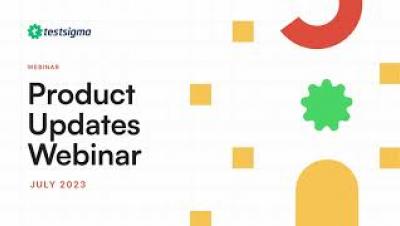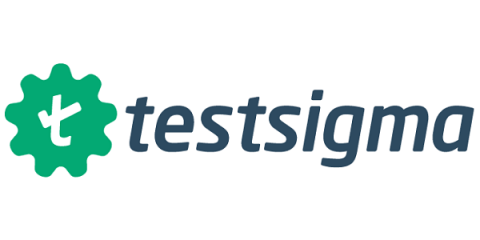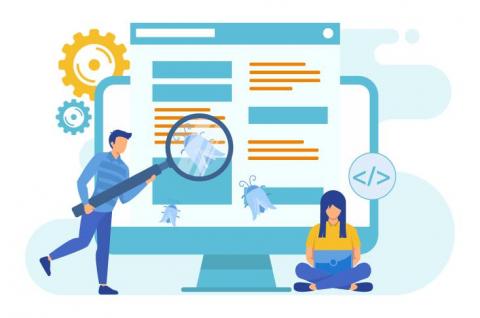Systems | Development | Analytics | API | Testing
Testsigma
Changing roles for Testers: The Past, Present and the Future
Introducing Automated Visual Testing | Testsigma
TestSigma Product Updates Webinar (June 2023)
Journey To API Testing Mastery | Sowmya Sridharamurthy
Best 10 Regression Testing Tools in 2023
Let’s say a developer introduced some changes and 2 days later the team observes that a feature does not work partially. This feature is not related to this developer’s change. However, since it was working fine a day later, all the changes may be reviewed by the manager. The conversation may start with the manager asking a question such as, “Did your changes regress?” To which the developer might agree after analysis or go into debugging mode.
Continuous Testing Strategy: How To Implement It For Devops?
Continuous testing is a key part of DevOps. It makes sure that software products are released with the best quality. In this blog post, we will talk about how to get started with a continuous testing strategy for DevOps projects. That way you can make sure your development process runs smoothly and efficiently.
Top 15 Desktop Automation Tools for Testing
In the realm of software development, testing plays a pivotal role in ensuring the quality and reliability of desktop applications. As desktop applications become more sophisticated and complex, manual testing alone is no longer sufficient to meet the demands of efficiency and accuracy. This is where desktop automation tools for testing come into play.
Levels of Testing: A Complete Approach to Quality Assurance
In the software biz, we must test a product like absurd before putting it out to the world. There are different levels of testing, from functional to acceptance, and each one checks specific things to make sure everything’s up to par. Check out this blog to learn more about why each level matters.
DevOps life cycle | Phases Explained with Example
The DevOps life cycle is a comprehensive approach that combines development and operations practices to streamline and optimize the software delivery process. It encompasses various phases, including planning, coding, testing, deployment, monitoring, and feedback. By integrating these traditionally separate disciplines, DevOps promotes collaboration, agility, and continuous improvement, allowing organizations to deliver high-quality software more efficiently and effectively.











